Lilacs, those delightful plants that are also called French lilacs or common lilacs, are easy to take care of and can add an elegant touch to your outdoor space. These plants are part of the olive family and are related to ash trees, jasmine vines, forsythia bushes, and privets. People have cherished their enchanting fragrance for many years. Originally from the Balkan Peninsula, lilacs made their way to northern Europe in the 1500s and then found a new home in North America in the 1700s. They are so beloved that they have even been named the state flower of New Hampshire.
To create a thriving lilac haven, regular pruning and providing them with proper nutrients are crucial. These beautiful plants can thrive in various landscapes, such as hedges and borders, and come in a range of colors. Common lilacs need at least six hours of sunlight each day and prefer loamy, slightly moist soil that is neutral to mildly alkaline and has good drainage. Although they can tolerate some dry periods, giving them extra water during hot and dry spells is a treat for them. They are resilient in temperate climates, enjoying cool to moderate summer temperatures and being able to withstand the cold of winter. However, they are not fans of hot and humid climates like those found in the southern United States.

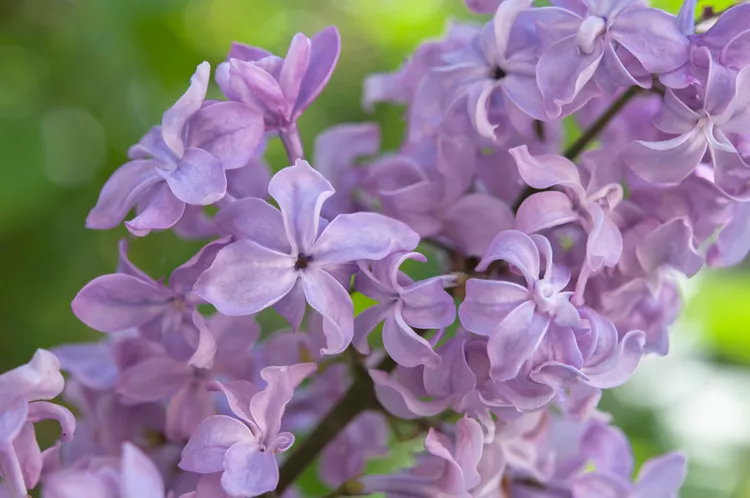
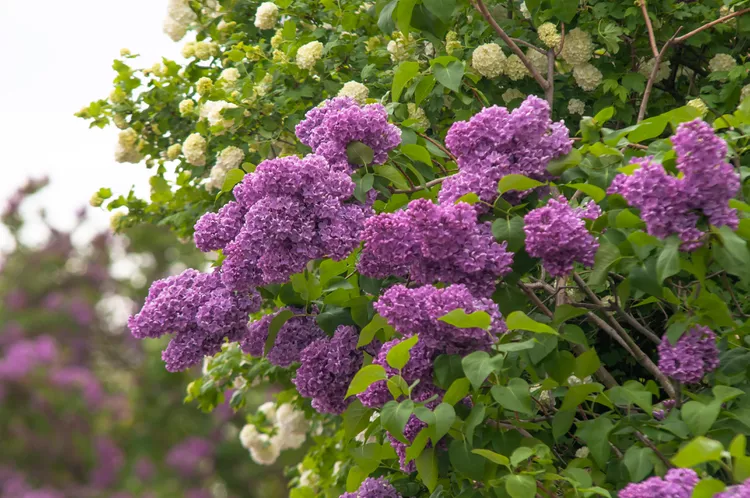
Reproducing lilacs is a piece of cake as they naturally spread through suckers. To achieve this, carefully dig around a new shoot to separate it from the original plant without causing damage to its roots, and then relocate it. Make sure to provide plenty of water until the roots establish themselves. If you want to prevent your lilac from taking over, simply remove any suckers that emerge. However, before applying any fertilizer, it is important to assess the soil to determine its specific needs, as too much nitrogen is not suitable for lilacs.
Pruning is absolutely essential for the well-being of your lilacs. It not only helps in maintaining their size and shape but also prevents the occurrence of diseases by allowing air circulation. These beautiful bushes can grow anywhere from 12 to 16 feet tall and 8 to 12 feet wide, and they bloom for approximately three to four weeks in late spring, although the timing can vary depending on the particular breed. After the flowering period, it is advisable to trim the lilacs to give them room for growth and formation of buds. Remove any dead or unhealthy branches, spent flowers, and stems that are thicker than two inches – prune around one-third of the shrub every growing season. It’s important to be vigilant and watch out for pests and diseases such as aphids, mealybugs, powdery mildew, and bacterial blight. With countless varieties available, lilacs can effortlessly enhance the beauty of your landscape, showcasing a range of colors from delicate pink to deep violet shades.

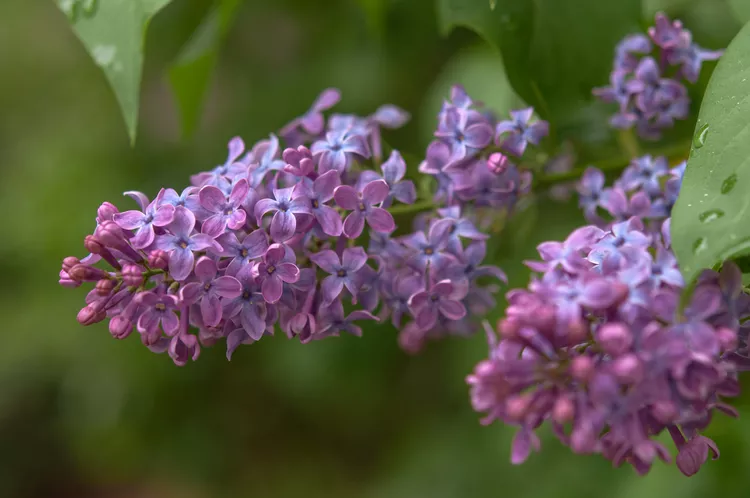
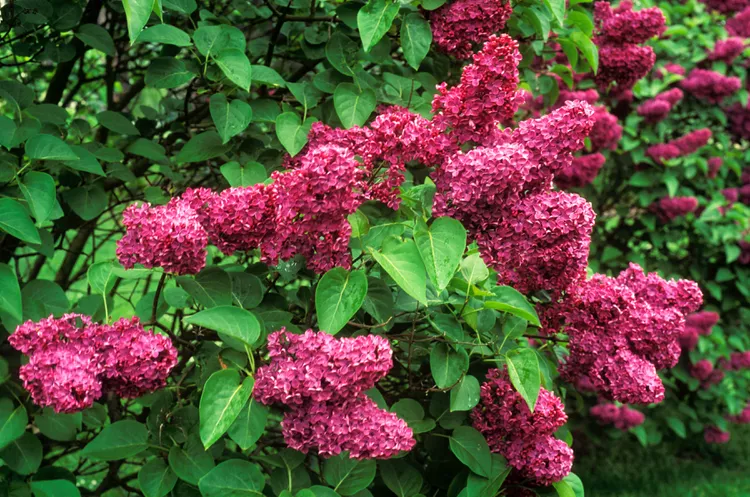

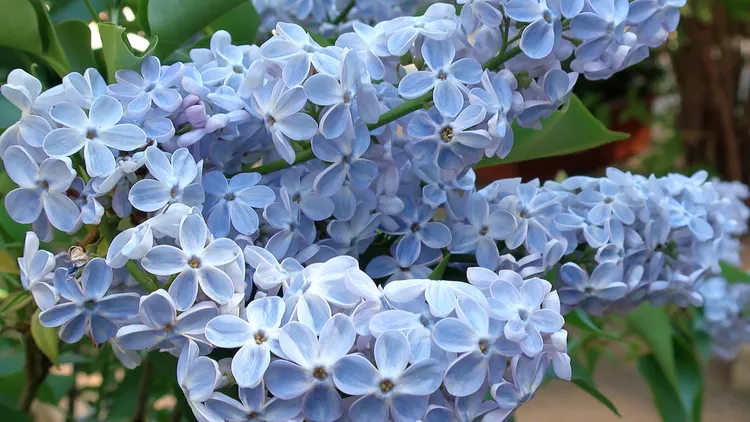
Lilacs are a versatile option for creating beautiful focal points or hidden partitions in your garden. They excel in their role as hedges, and the compact varieties are especially well-suited for smaller gardens or containers. An added bonus is that lilacs attract bees, birds, and butterflies, making them the perfect addition to any garden gathering of pollinators.
To extend the enjoyment of their blooming season, consider planting different types of lilacs that bloom at different times. This strategic planting will allow you to appreciate the elegance of lilacs for up to six weeks in the spring. For a truly immersive experience, position them near areas such as windows, patios, or pathways, and let their delightful fragrance captivate your senses.